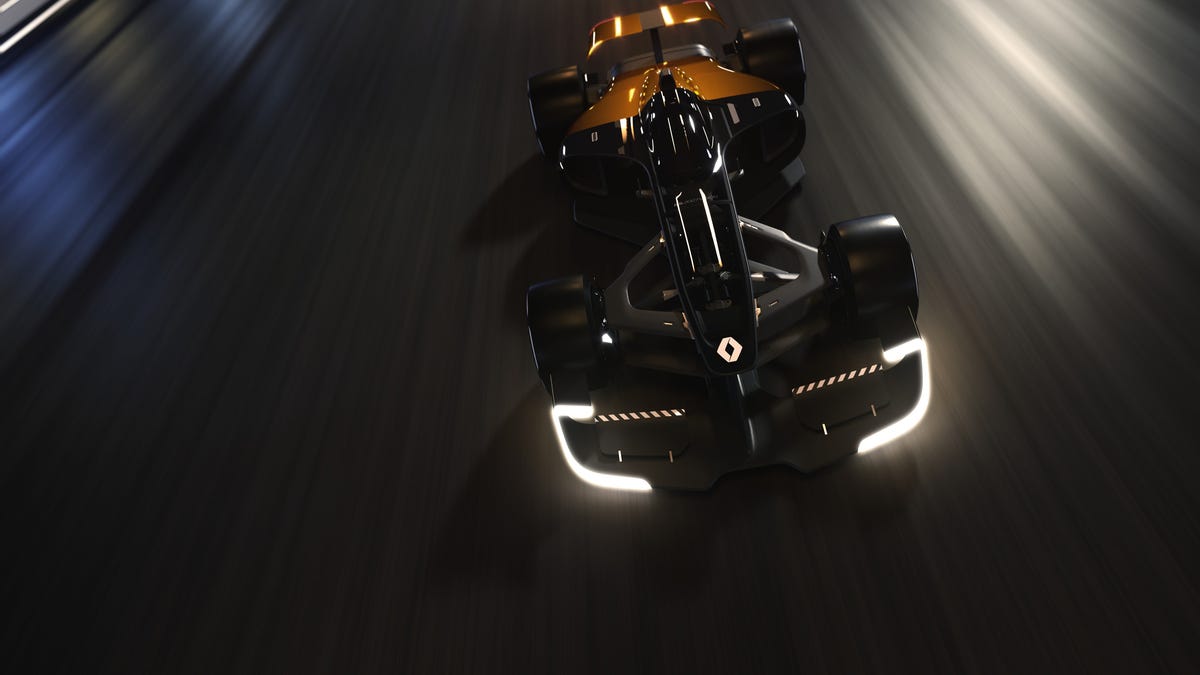This is Formula 1 in 2027, according to Renault
Renault's been around the block in motorsport's premier offering, so this isn't just some pie-in-the-sky thinking.

Formula 1 is traditionally regarded as the pinnacle of motorsport, but there's always room for improvement, as Renault proves in its latest concept.
Renault introduced the RS 2027 Vision concept at the Shanghai Motor Show. It's meant to show off Renault's idea for Formula 1 in 10 years' time, and while the general shape of the car may be similar to modern F1 cars, there's a whole lot of interesting tech hidden away in there.
To keep the focus on the drivers, Renault gave its concept a transparent cockpit and a racer with a transparent helmet, so it's easier to see the personalities behind the wheel. The cockpit alone is a big thing, too, because Formula 1 has been working to improve its driver protection for the last few years, but no design has stuck yet.
10 years is plenty of time for me to learn how to race in Formula 1, right?
As it's a concept, it's positively littered with LEDs, but they serve a purpose. One picture shows the wheel-housing LEDs displaying the current lap. LED elements in the active wings can let the crowd know when a certain system is engaged, as well. Fans will also have better access to car telemetry to get more involved with each race.
Of course, being 10 years down the road, autonomy has been introduced into F1. Renault's concept has an autonomous mode that engages during accidents, and likely during most safety-car events. The fuel tank has been reduced by 50 percent, and in its place is an electrical system that can power the racecar in pit lane using electricity alone.
Renault boosted the car's performance, too, by adding all-wheel drive and four-wheel steering. Increased agility and acceleration will certainly make for a more exciting race. And who doesn't like the occasional four-wheel drift?
Some of these changes aren't surprising -- like the cockpit and increased focus on crowd appeal -- and are likely to come to F1 at some point anyway. The more pie-in-the-sky stuff, such as the batteries and autonomous driving, may take longer to arrive, if they even do. But it's still an interesting preview of a racing league that some critics have blasted for getting stale in recent years.

